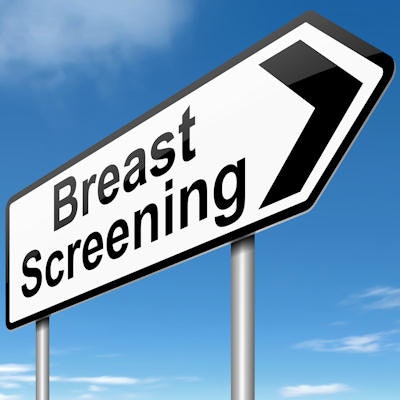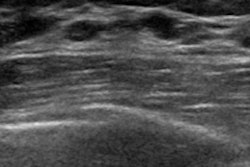
State laws designed to notify women with dense breast tissue about their options for supplemental imaging may not actually boost the use of ultrasound. A study in the January edition of the Journal of the American College of Radiology found density notification laws did not increase ultrasound rates.
The authors hypothesized the lack of uptick in ultrasound use after notification laws were passed could be because not enough time had passed since the laws had gone into effect. It could also be because patients given density knowledge may still choose to decline ultrasound screenings.
"Our analysis of nationally representative preventive service visits over nearly a decade demonstrates that the rate of screening breast ultrasound ordering has remained persistently low over time," wrote the authors, led by Dr. Geraldine Liao from the radiology departments at the Virginia Mason Medical Center and University of Washington School of Medicine (JACR, January 2020, Vol. 17:1, pp. 15-21).
Since 2009, 37 states and Washington, DC, have passed breast tissue density notification laws that require facilities to notify women if they have breast dense tissue. However, research is conflicted on whether these notification laws improve cancer screening rates.
The new study included national U.S. data for women ages 40 to 74 with a preventive office visit from 2007 to 2015. Out of the 12,787 office visits included in the study, 29% included a clinical breast examination, 22% had an ordered mammogram, and 3% had an ordered ultrasound screening.
While ultrasound ordering increased in states with density notification laws, the growth was not statistically significant. Clinicians in states with these laws ordered ultrasounds for 4.2% of preventive visits after implementation, compared with 3.9% of visits before the laws went into effect -- an increase of just 0.3 percentage points (p = 0.91).
"Even with more states adopting density notification laws, we observed no notable increasing trend in ultrasound ordering by physicians at preventive service visits," the authors wrote.
Notification laws may not have had a significant impact on ultrasound ordering, but patient and physician factors influenced subsequent screening rates. Women ages 40 to 49 were twice as likely to have an ultrasound ordered than women ages 50 to 74, and obstetrician-gynecologists ordered ultrasounds more frequently than other types of physicians. Practices in metropolitan areas were also more likely to order ultrasounds than those in rural locations.
The study had several noteworthy shortcomings, including that the researchers could not identify what part of the body physicians ordered the ultrasounds for. This could have resulted in undersampling of the actual number of breast ultrasound orders.
"These findings underscore the need for additional work to advance understanding about physician ordering patterns and factors driving the use of supplemental screening ultrasound, which may or may not improve patient outcomes at the population level," the authors concluded.


















